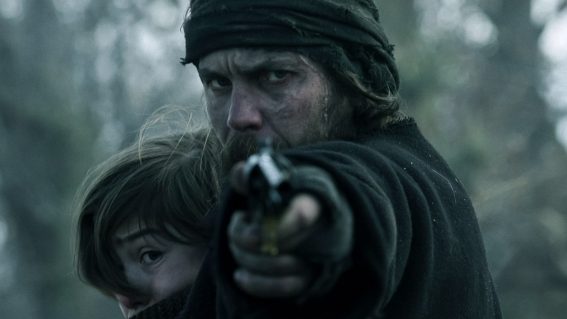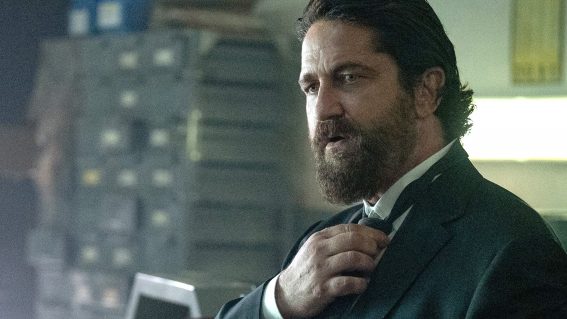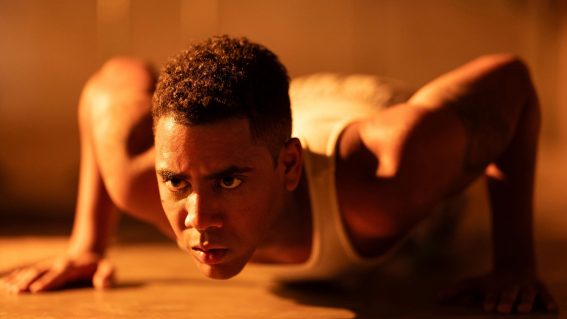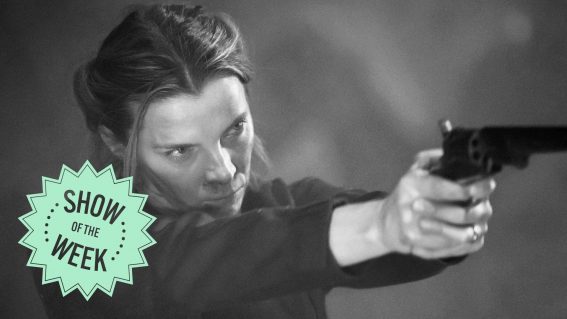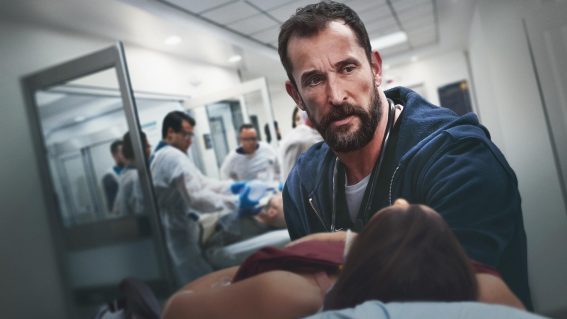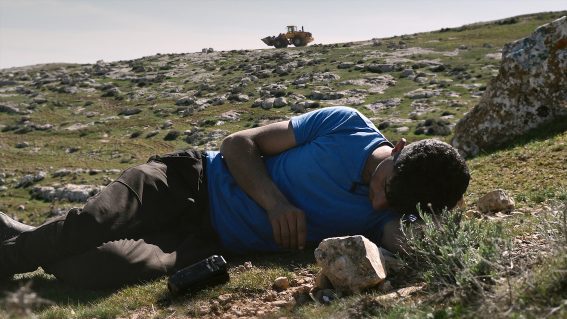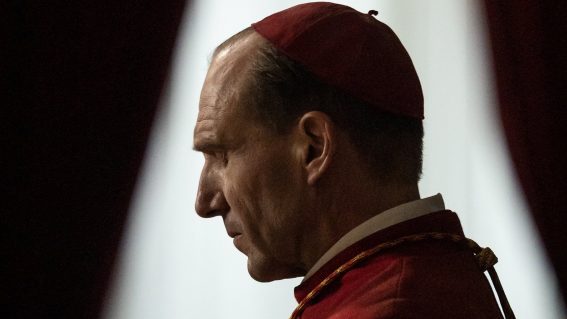In a post-Furiosa haze? Check out these 5 recent Australian action films
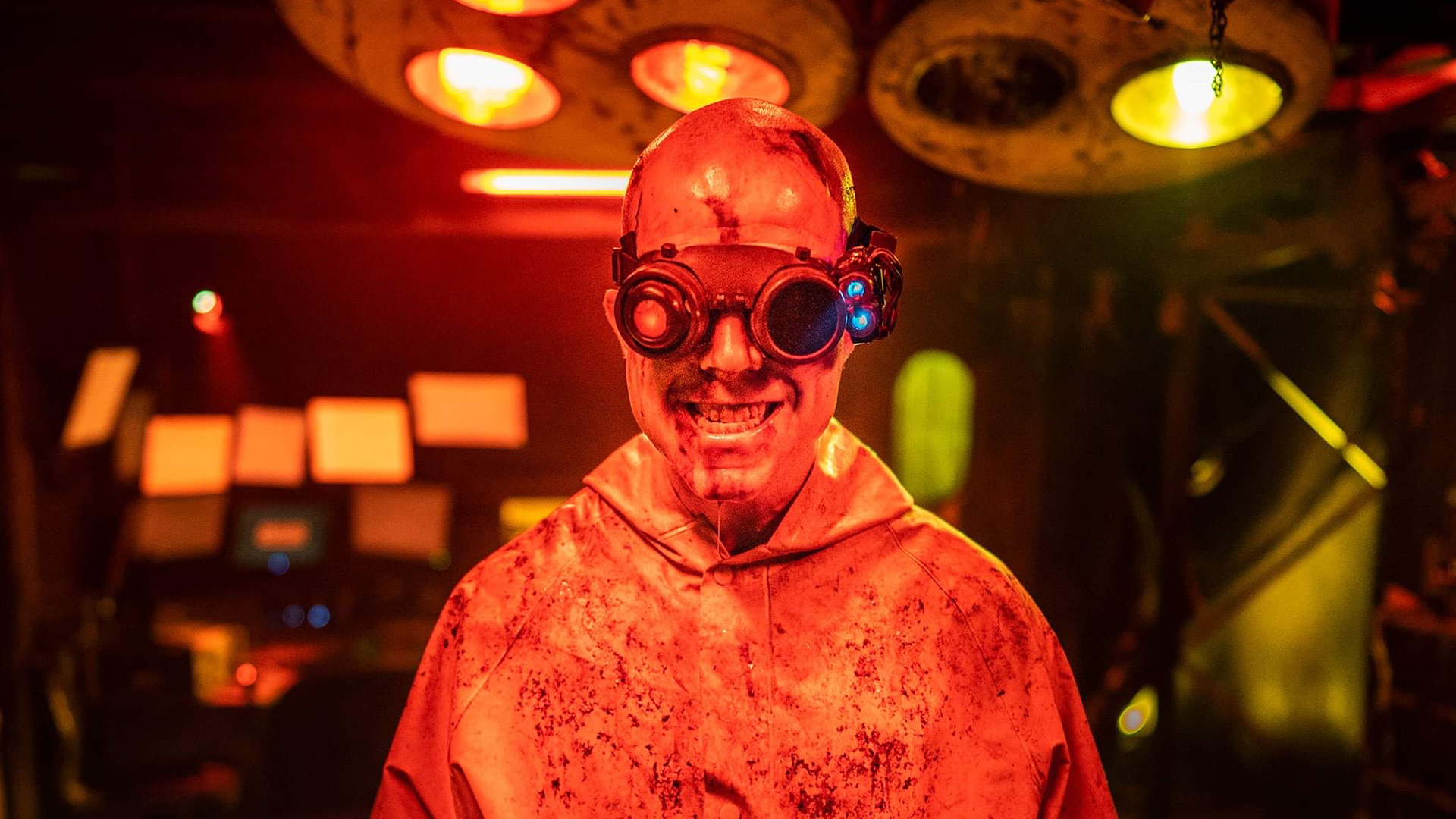
Maverick director George Miller’s long-awaited Furiosa: A Mad Max Saga has put Australian action cinema back on an international scale. As history shows—the Ozploitation period, for example—our genre forays often demonstrate the country’s best work. Extending the outrageous spectacle of Mad Max: Fury Road (2015), Miller’s new film highlights the very best that Australian action cinema can be.
A key clarification: both “Australian” and “action” are vague and mutable classifications. Assessing what classifies as one or the other is no easy task in this era of globalised media production: transnational productions and genre hybridity complicate easy categorisation. Because The Fall Guy (2024) was set and shot in Sydney—and builds an entire set-piece around the Opera House—would we say it’s an Australian action film? Is Furiosa only Chris Hemsworth’s first Australian film if we overlook his Dundee parody Superbowl ad? How many punches need to be thrown, guns need to be fired or cars need to be chased for a film to be considered an action film?
What I’m saying is that there’s a looseness in the grouping together of these recent Australian action films that you check out while you’re in the post-Furiosa haze. Ranging from micro-budget to blockbuster and charting multiple points along a spectrum of action hybridity—from drama to martial arts to horror—there’s sure to be something for every type of action fan.
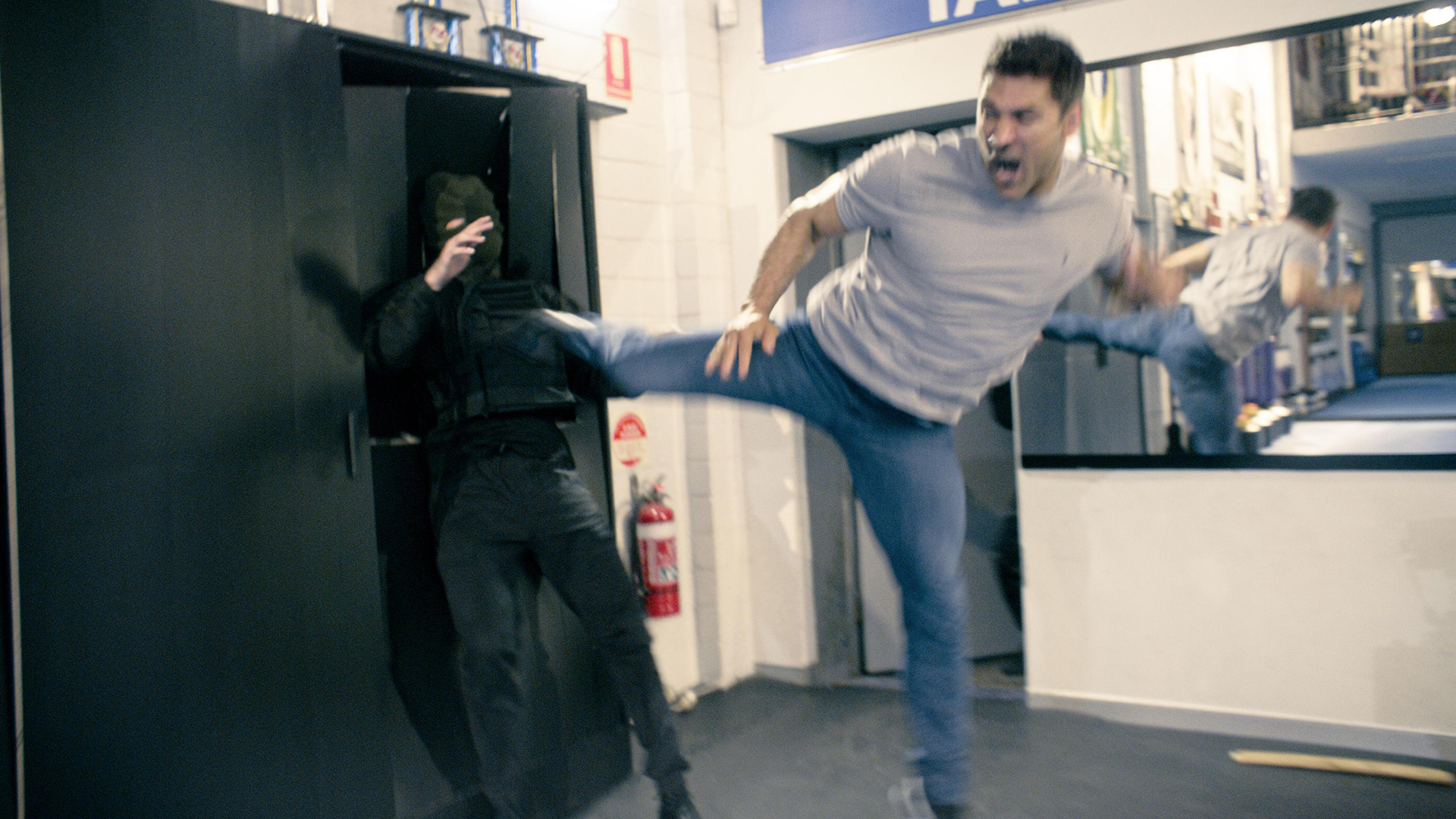
Life After Fighting (2024)
With Life After Fighting, Australian martial artist and actor Bren Foster pulls no punches: starring, writing, producing, choregraphing and directing his debut feature, Foster seems to burst onto the scene, seemingly from nowhere. Of course, to suggest his materialisation out of thin air is to neglect his long-running stint on the US post-apocalyptic series The Last Ship (2014–2018) or his voice and motion capture work as the titular road warrior in the 2015 Max Mad videogame.
In Life After Fighting, Foster emerges as a fully realised artist. Drawing comparisons to beloved British martial arts star and direct-to-video action stalwart Scott Adkins, Foster’s own martial arts expertise are on full display in his portrayal of Alex Faulkner, a retired world champion fighter who now runs a martial arts school in Western Sydney.
Whereas the film’s action is precise and clear cut, its many melodramatic setups are endearingly overstuffed: Alex receives a visit from the current world champion fighter, begins a relationship with the mother of a young new student, and is tasked with rescuing his employee’s child from a child trafficking ring. The culmination of all these threads is a good old-fashioned beat down.
In one of the year’s most spectacular set-pieces, a 30-minute brawler set in Alex’s studio wherein he punches, throws and spin kicks a constant stream of bad guys, he proves without doubt he’s not the “has-been karate teacher” his enemies think him to be. It’s some of the most impressive and crunchy martial arts choreography you’ll see in any film this decade—Australian or otherwise.
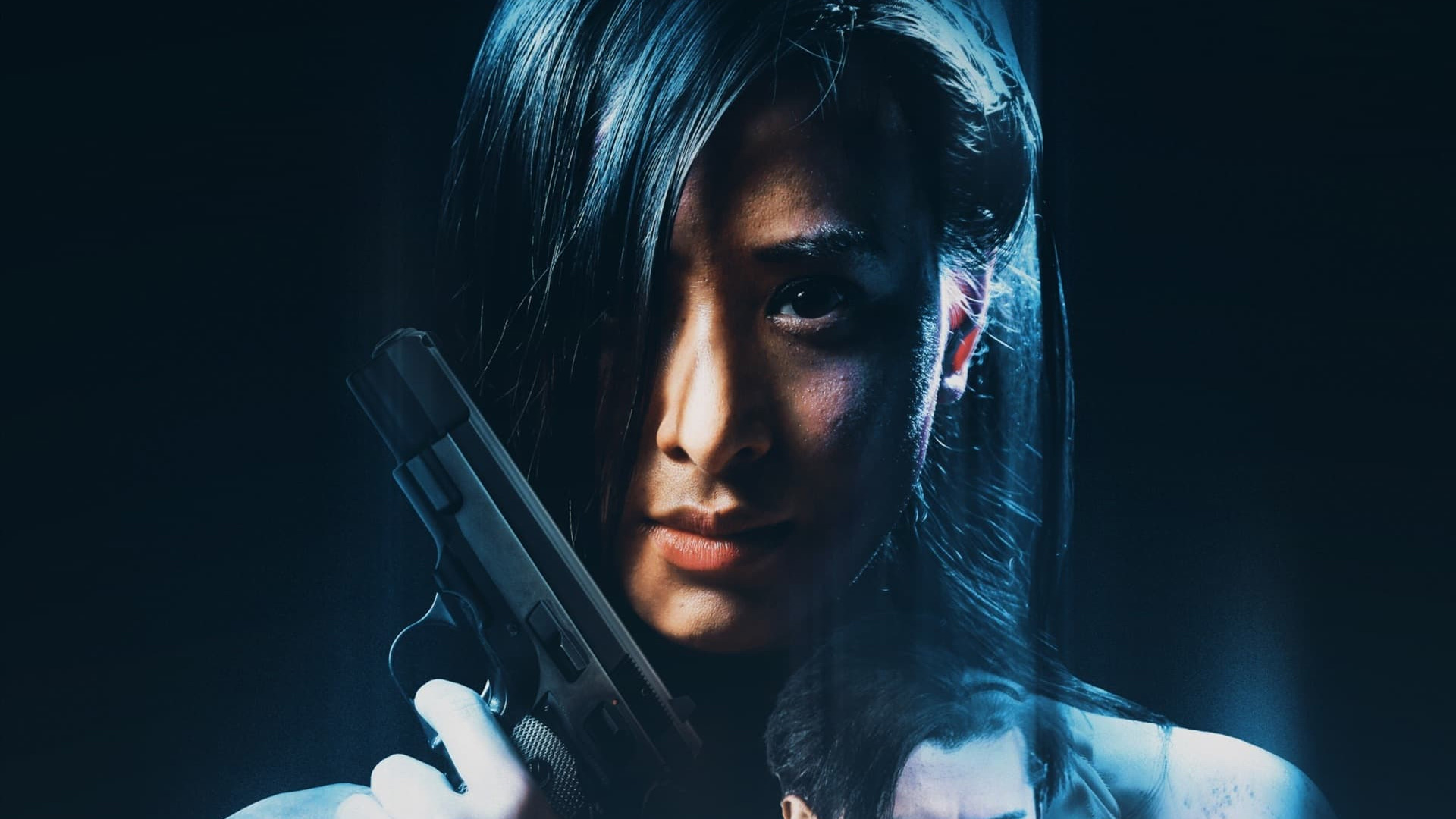
Echo 8 (2024)
The first part in Maria Tran’s planned urban assassin trilogy, Echo 8 is a micro-budget martial arts passion project strewn together through crowdfunding and steadfast creativity. Tran performs triple duty in starring, co-directing, and co-choreographing the film, but the film is clearly the effort of a bunch of willing collaborates.
Its plotline is appropriate tropey: we follow the titular highly trained assassin (Tran) as she takes on missions for a mysterious underground organisation. Suffering from amnesia and haunted by violent nightmares, Echo learns the confronting truths about not only the target of her latest mission but the murky circumstances of her recruitment.
Shot quickly and on the cheap, the film is bursting with DIY spirit. Its stripped-back aesthetic gives plenty of room to appreciate the gritty sophistication of its fight choreography. Shot and set in Western Sydney, the film revels in its sense of place: Echo and her assassin friend (David Vuong) scrape coins out of their car’s centre console to get kebabs, and at least one flying kick is delivered by swinging off the beams of a hills hoist in someone’s backyard.
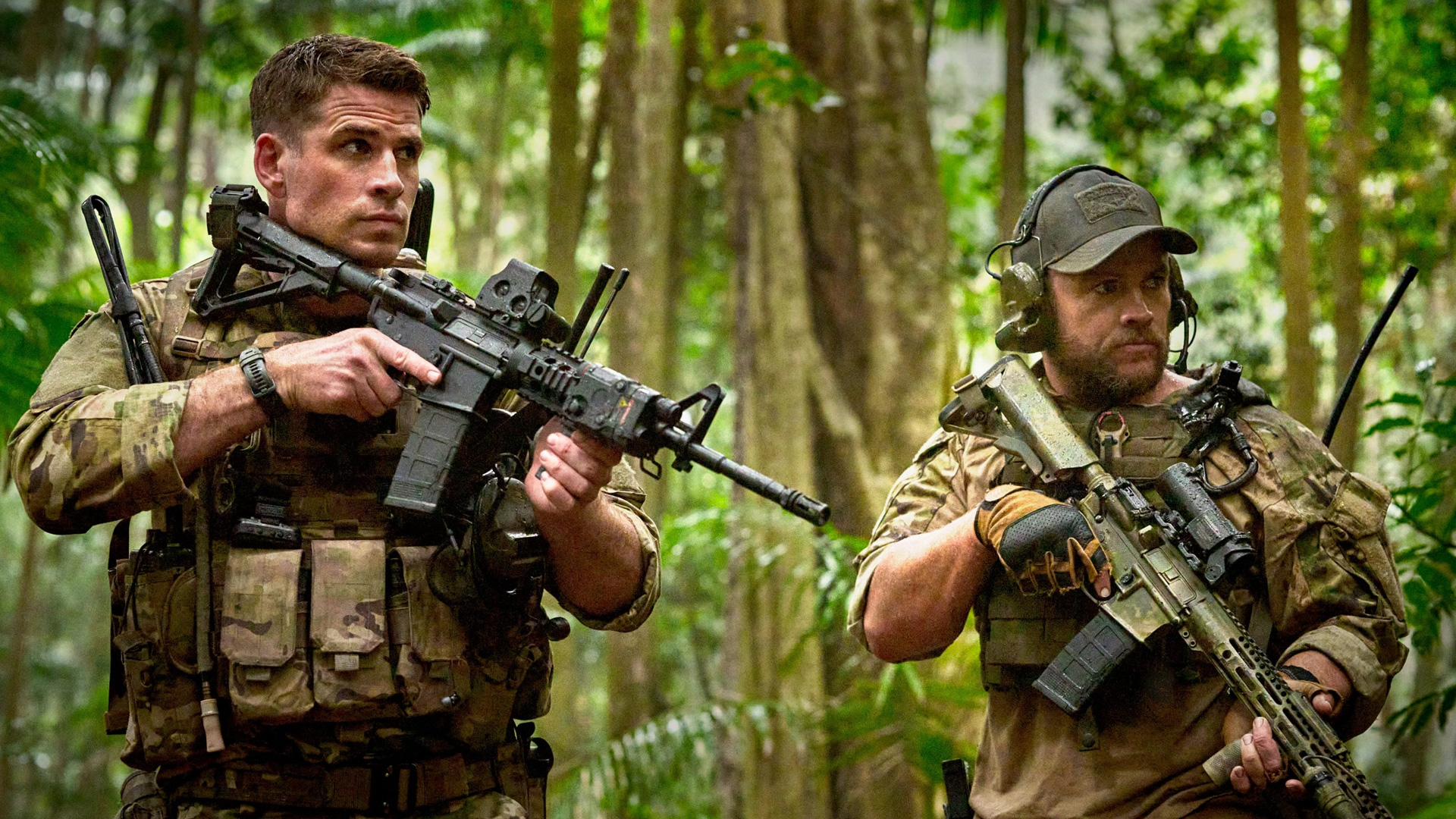
Land of Bad (2024)
Liam Hemsworth is looking to get a piece of brother Chris’ Extraction pie in the tactical military actioner Land of Bad—but whereas Chris gets to play his beefed-up mercenary as Australian, Liam must don an American accent and uniform in his portrayal of Sergeant “Playboy” Kinney, a rookie Air Force serviceman sent into the Philippine jungle alongside a more experienced armed forces group featuring Sergeant Abell (third brother Luke Hemsworth) and headed by Master Sergeant “Sugar” (Milo Ventimiglia). Their eye in the sky is drone pilot Reaper, played by a supercharged Russell Crowe (also playing American), whose bespectacled face casts reflections of a collage of military screens. Despite his off-outlandish approach, Reaper steadfast in his commitment to seeing Playboy to safety once all hell breaks loose and the squadron is strewn apart.
American director William Eubank (Underwater) has proven himself an effective purveyor of genre arts. Australian war cinema is typically characterised by a looking back but Land of Bad has all the war-machine flash of your typical Call of Duty campaign replete with sniper surveyal of interacting terrorist parties and nifty close-quarters combat that is put together with serious flair.
Despite its international fiction, the film emits an Australian aura. Shot in Queensland, the film’s supporting cast is rounded out with Australian actors and uses the Gold Coast as a stand-in for both the Philippines and Las Vegas: briefly dismissed from duty, big Russ goes shopping for Monster Energy drinks and vegan cheese in what is clearly an IGA.
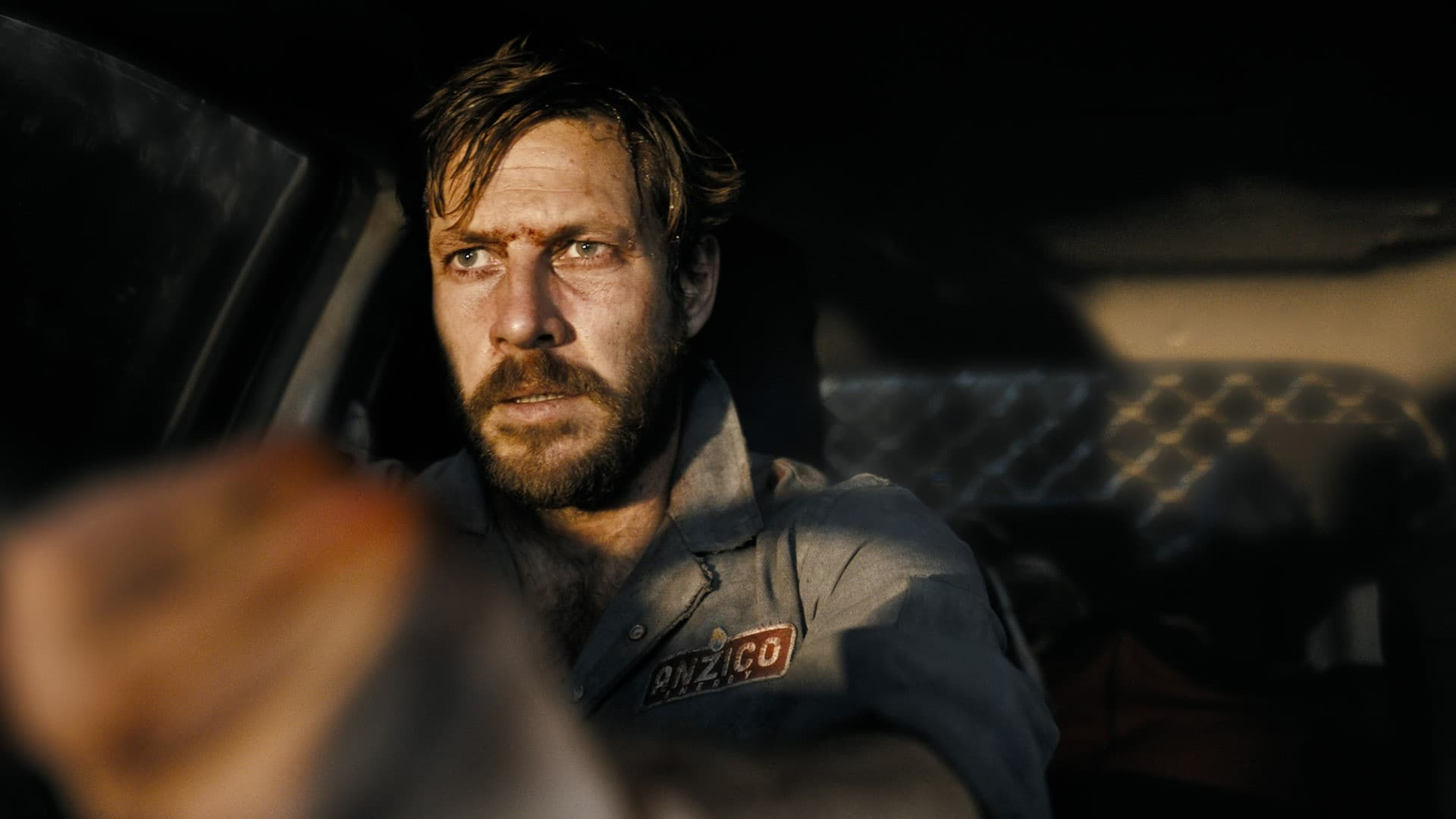
Mercy Road (2023)
Homegrown heartthrob Luke Bracey is unrecognisably over-the-top in Mercy Road, a car-bound thriller in the style of Locke (2014) and Nightride (2021) told almost entirely from within a single vehicle. Boasting its status as the first virtually produced Australian feature, the film was shot with top-of-the-line LED Volume tech used in shows like The Mandalorian (2019–) and films like The Batman (2022) to render its real-time tale of a desperate father, Tom, (Bracey) as he attempts to save his abducted daughter.
Driving down the seemingly endless and solitary titular road, Bracey sweats and drools in great contrast to his popular rom-com persona. All of the film’s dialogue is communicated via Tom’s dash-mounted mobile phone: between rapid-fire shouting matches with his ex-wife, Tom is guided in his ute-centric quest by the disembodied voice of a strange man (the voice of Toby Jones) whose overly theatrical villainy provides great foil to Bracey’s psychotic turn.
A ceaseless cartoonish drum riff caps off the film’s performative and thematic exaggeration, which is painted positively nightmarish in the videogame-style quality of its warping nocturnal environments.
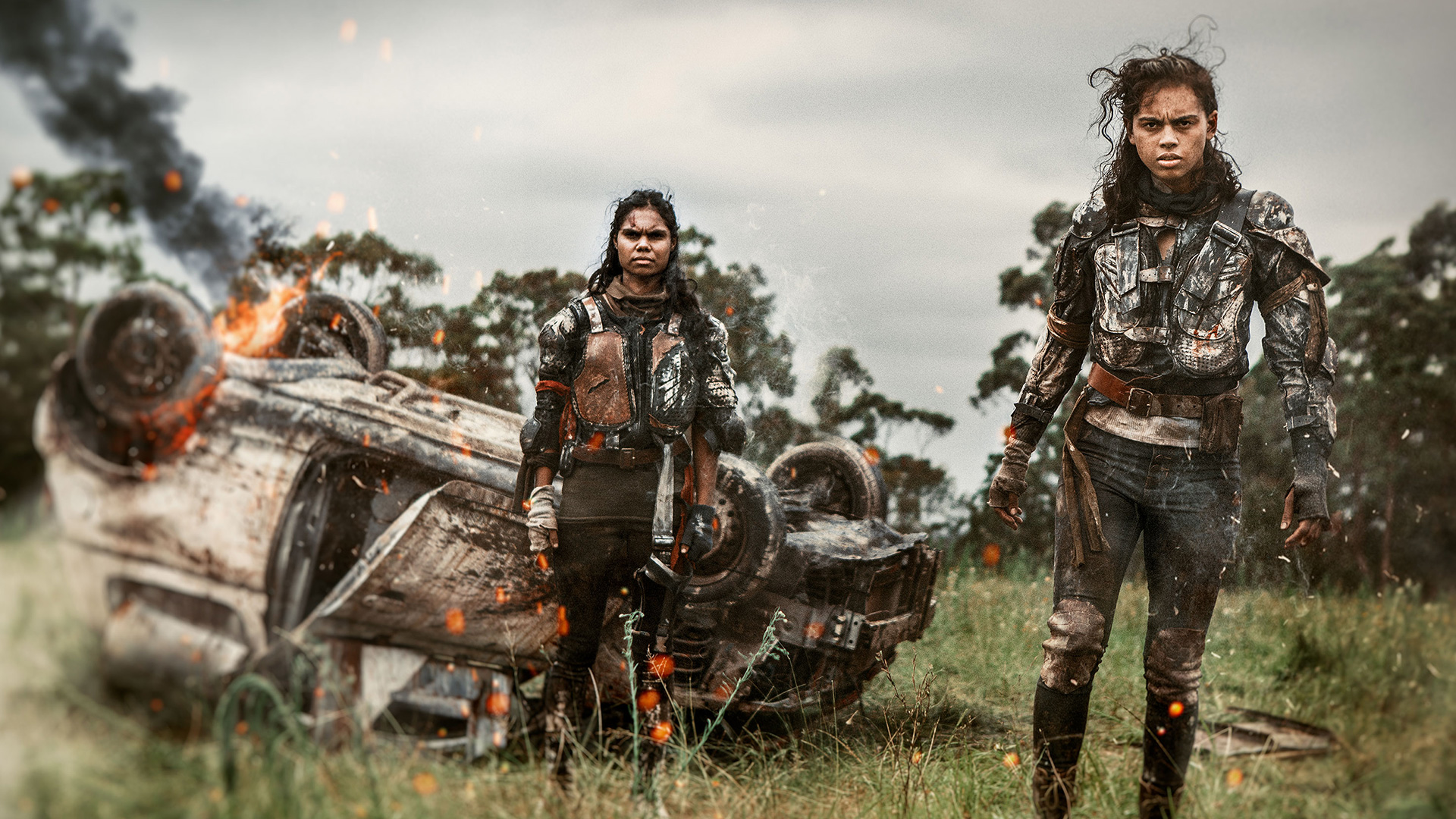
Wyrmwood: Apocalypse (2022)
The sequel to last decade’s Wyrmword: Road of the Dead, the horror-action hybrid Apocalypse is another foray into the post-apocalyptic zombie bush epic sketched by the brothers Roache-Turner. Directed by Kiah and written by both he and Tristan, these films are a relatively lower-budget analogue to the blockbuster trappings of the contemporary Mad Max franchise. Elaborately constructed production design clashes with harsh Australian environments, all driven by a scrappy DIY ethos: the result is something that somehow manages to look simultaneously cheap and expensive.
Apocalypse casts as its hero Rhys (Luke McKenzie), the twin brother of a Road of the Dead supporting character (also played by Luke McKenzie) who eventually bumps into and joins forces with that film’s protagonists. A mercenary of sorts, Rhys dedicates himself to capturing less-fortunate survivors and delivering them to a mysterious bunker-bound “Surgeon General” (Nicholas Boshier) who claims to be working on a cure, and along the way forms an unlikely partnership with Indigenous girl Maxi (Shantae Barnes Cowan).
It’s a splatter film in the sense that it throws everything at the wall and sees what sticks. There’s boundless blood and guts and chunks of human flesh and viscera going all over the place; the film’s most inspired passage revolves around a showdown with a remote-controlled cyborg-zombie.







